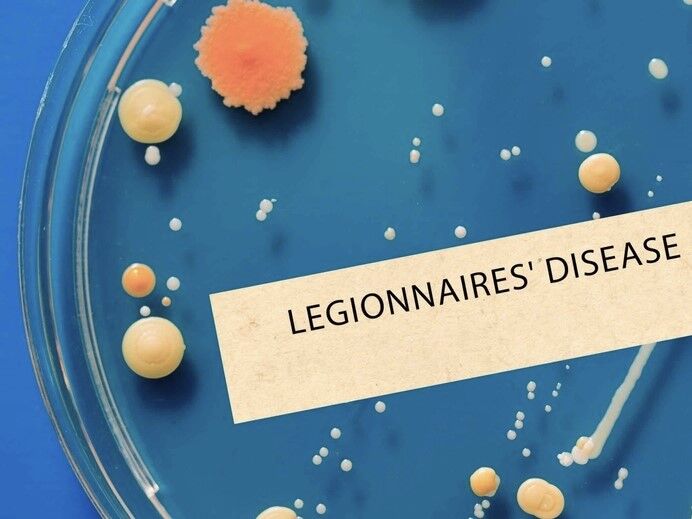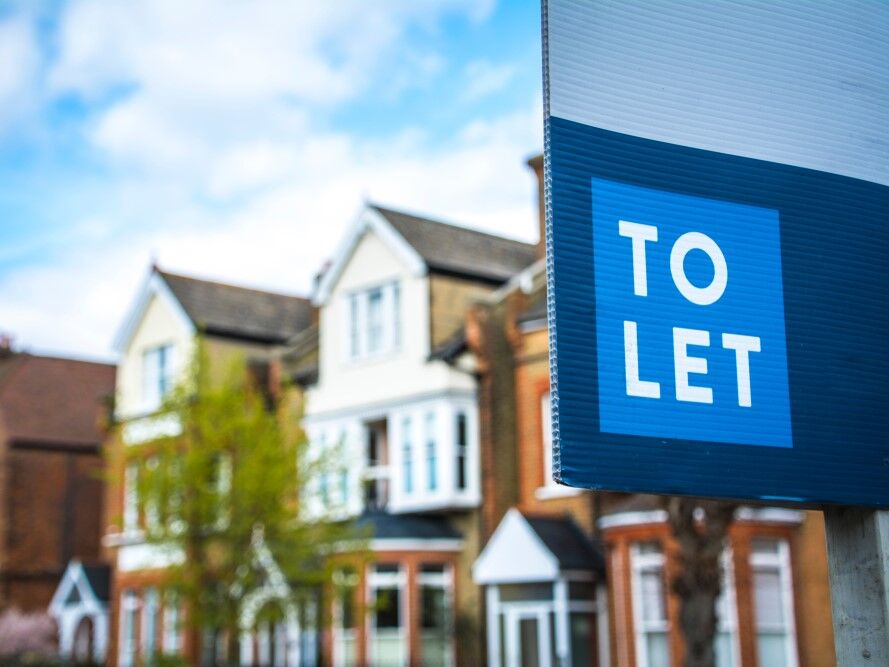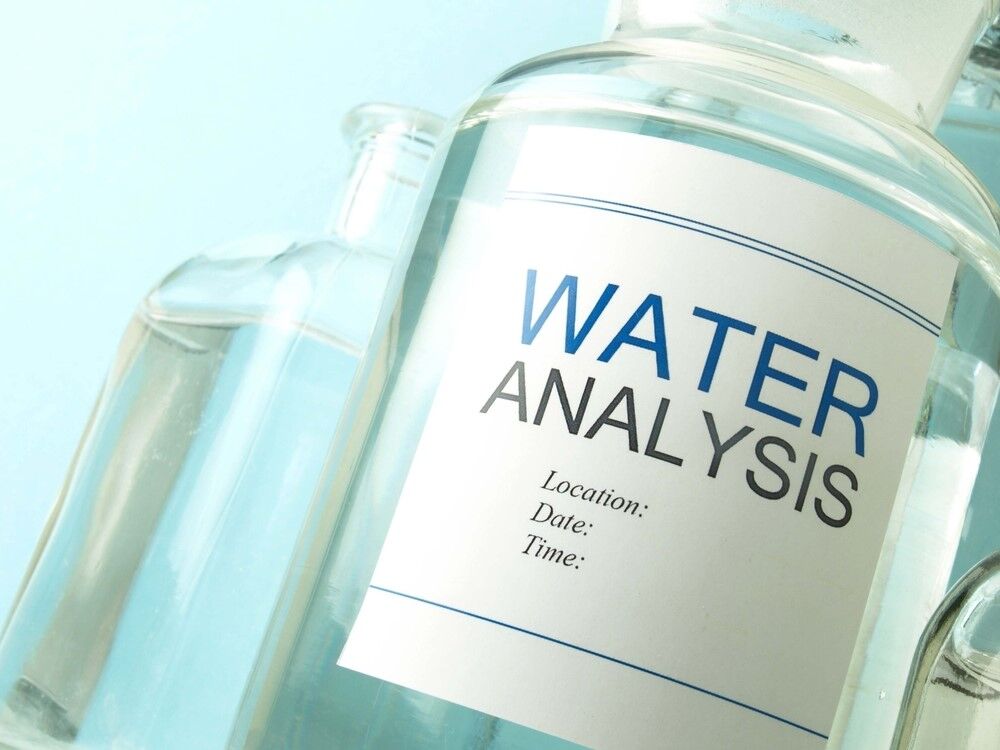Advice for landlords
Guidance on Legionnaires' Disease for Landlords - House of Commons clarification 01.10.2015
Landlords of residential accommodation have responsibilities for combating Legionnaires' Disease. Health and safety legislation requires that landlords carry out risk assessments for the Legionella bacteria which cause Legionnaires' Disease and thereafter maintain control measures to minimise the risk.
Most rented premises will be low risk but it is important that risk assessments are carried out and control measures introduced.
This note is intended to give a brief guide to what the landlord should do. Further advice is available from the Health & Safety Executive.
What is Legionnaires' Disease?
Legionnaires' Disease is a pneumonia like illness caused by the Legionella bacteria and can be fatal. The infection is caused by breathing in small droplets of water contaminated by the bacteria. The disease cannot be passed from one person to another.
Legionella bacteria are found in the natural environment and may contaminate and grow in water systems, including domestic hot and cold water systems. They survive low temperatures and thrive at temperatures between 20 - 45°C if the conditions are right. They are killed by high temperatures at 60°C or above.
Risk Assessments
Landlords are under a duty to ensure that the risk of exposure to tenants, residents and visitors by Legionella is properly assessed and controlled.
For most residential settings the risk assessment may well show the risks are low so long as simple control measures referred to in the next section are followed. This will apply to houses or flats with small domestic type water systems where the water turnover is high.
Provided the risk assessment shows that the risks are insignificant and the control measures are being properly managed no further action would be necessary. It is important, however, to keep the assessment under review periodically in case anything changes to the system.



